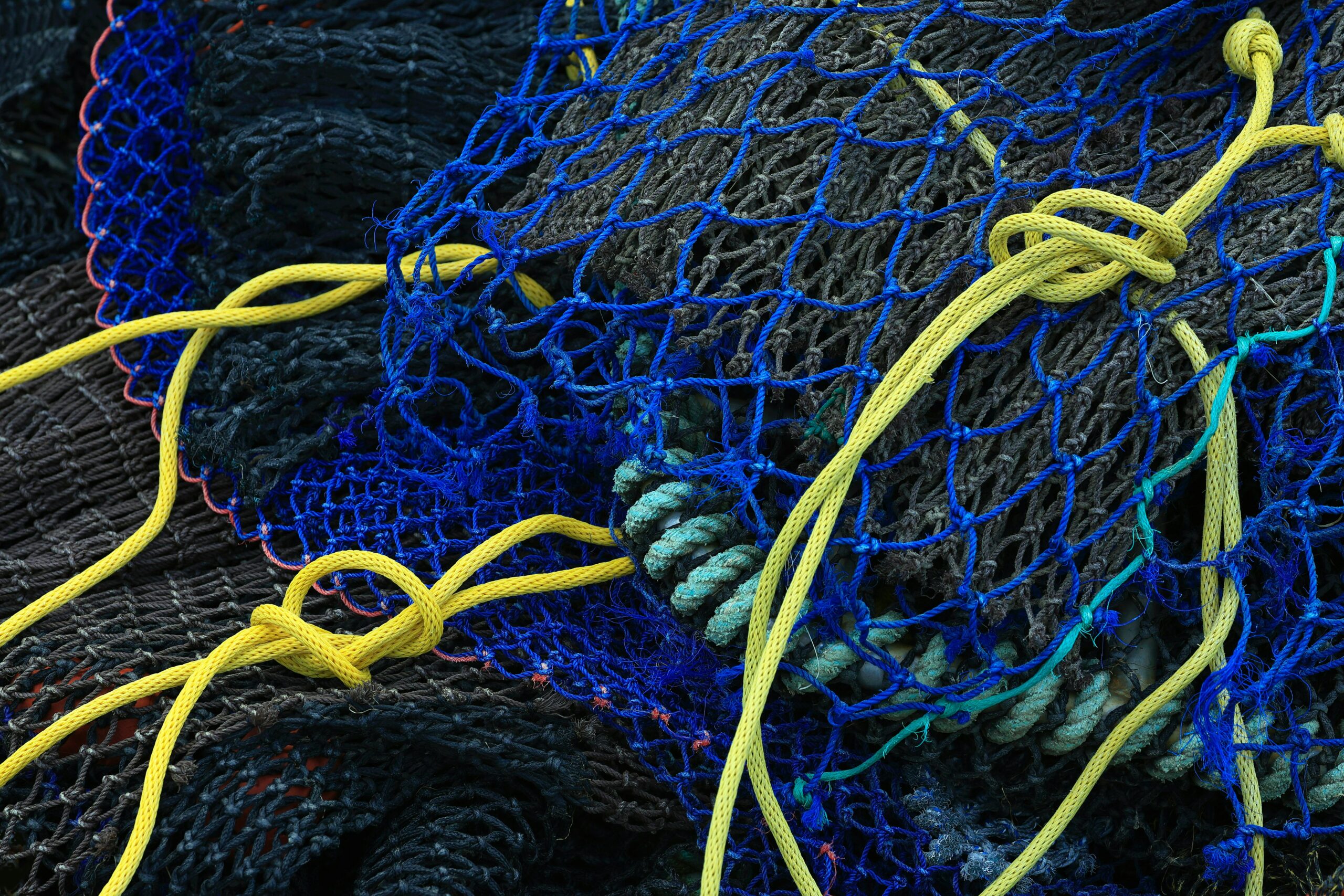Photo by David Clode
The European Union has introduced new rules to protect the Dogger Bank, an emblematic Natura 2000 site in the waters of Germany and the Netherlands, with a ban on mobile bottom-contacting fishing gear in specific areas coming into effect on 18 November 2025.
Protection measures and objectives
Starting 18th November 2025, fishing with mobile bottom-contacting gears will be prohibited in specific areas within the site. The objectives of these conservation measures are to minimise disturbance to sandbanks and support their ecological integrity, whilst improving the quality of the seabed habitat, including its typical and threatened species.
Typical species for the Dogger Bank include sea-pens, sand mason worm, brittle star, rayed trough shell and thornback ray; species that are particularly vulnerable to disturbance from bottom-contacting fishing methods.
Regional cooperation and scientific backing
These measures stem from a joint recommendation submitted by EU countries in the North Sea, with the Netherlands and Germany in the lead. Strengthening the protection of these marine areas is an obligation under the Habitats Directive and a key objective of the Marine Action Plan, representing a key outcome of the regionalisation process under the Common Fisheries Policy, by which EU countries may propose measures to comply with EU environmental legislation.
In March 2024, scientists from the Scientific, Technical and Economic Committee for Fisheries (STECF) assessed the measures and concluded that they represent a positive step forward towards minimising the negative impacts of fishing activities on certain habitats and their biological communities.
These measures will also contribute to reaching the targets on restoration of marine ecosystems set under the Nature Restoration Regulation.
Broader conservation context
The Dogger Bank, often described as the ecological heart of the North Sea, is a shallow underwater sandbank spanning approximately 18,765 square kilometres across British, Dutch and German waters. The area functions as a spawning ground for sharks, rays, cod, mackerel, herring, whiting, common sole and sprat, and serves as a nursery and feeding ground for harbour porpoises, minke whales, grey seals, gannets, puffins and other seabirds.
Wider European MPA network
Currently, there are more than 3,000 marine Natura 2000 sites, covering more than 9% of the total EU Member States’ marine area. They are the main contribution to the EU target of legally protecting at least 30% of EU marine area by 2030.
The UK government has already recognised the legal and ecological need to protect the Dogger Bank by closing it in its entirety in UK waters to fishing with bottom-towed gear. The new EU measures represent progress towards harmonising protection standards across the North Sea ecosystem, though environmental organisations continue to call for more comprehensive safeguards throughout the site.
